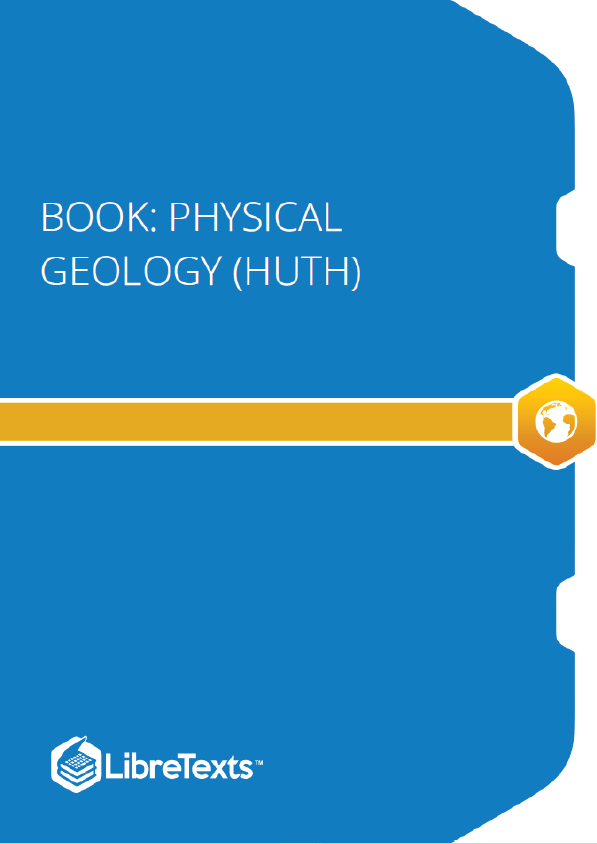Earth is a dynamic planet, but not everything happens on the surface! A lot of the exciting activity is also happening in Earth’s interior. Before we move into a discussion of Plate Tectonics (Module 3), we first need to learn something about the inside of the Earth. Unfortunately, geologists don’t have any way to see what’s going on in the interior, so they have to use other tools that can help visualize its inner workings.
Studying the Earth’s interior poses a significant challenge due to the lack of direct access. Many processes observed at the Earth’s surface are driven by the heat generated within the Earth, however, making an understanding of the interior essential. Volcanism, earthquakes, and many of the Earth’s surface features are a result of processes happening within the Earth.
Much of what we know regarding the Earth’s interior is through indirect means, such as using seismic data to determine Earth’s internal structure. Scientists discovered in the early 1900s that seismic waves generated by earthquakes could be used to help distinguish the properties of the Earth’s internal layers. The velocity of these waves (called primary and secondary waves, or P and S waves) changes based on the density of the materials they travel through. As a result, seismic waves do not travel through the Earth in straight lines, but rather get reflected and refracted, which indicates that the Earth is not homogeneous.
The Earth’s interior consists of an inner and outer core, the mantle, and the crust. Located in the center of the Earth is the inner core, which is very dense and under incredible pressure, and is thought to be composed of an iron and nickel alloy. It is solid, and surrounded by a region of liquid iron and nickel called the outer core. The outer core is thought to be responsible for the generation of the Earth’s magnetic field. A very large portion of the Earth’s volume is in the mantle, which surrounds the core. This layer is less dense than the core, and consists of a solid that can behave in a plastic (deformable) manner. The thin outer layer of the Earth is the crust. The two types, continental and oceanic crust, vary from each other in thickness, composition, and density.











